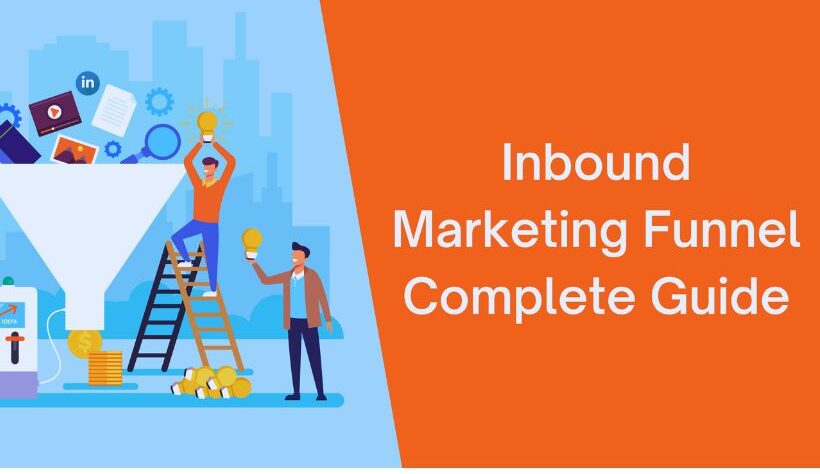Inbound Marketing defines a commercial methodology that seeks to attract customers by creating valuable content that meets their needs.
Table of Contents
Benefits Of Inbound Marketing
- Generate a qualified lead and 12 registrations for every 370 visits.
- You can double a company’s qualified marketing contacts by two in one year and multiply them by 7 in two.
- As for leads, in just one year they multiply by 5 and in two, by 14.
- And of course, it also increases visits to the brand’s website: in the first year they are multiplied by 4, and in the second, by 12.
- In addition, this methodology is effective for companies in all sectors. B2B companies have more conversions from a visit to registration, but in return, B2C companies register a greater increase in accumulated visits.
- But the figures are not everything: it is also necessary to take into account that it is a long-term investment that multiplies the assets of your company.
- Greater reach and community around the brand.
- A series of marketing automation processes that lead to permanent resource savings.
The Assets Provided By Inbound Marketing
This is a methodology designed to grow, build and generate long-term benefits. Once the effort has been made to get started, it creates its own inertia through a series of inbound marketing assets that make our work easier and easier.
1) Content: search engine optimization and traffic generation
Content marketing is the main technique to attract quality leads. Without content, nothing makes sense within an inbound strategy that seeks to attract to sell.
2) YouTube channel and podcast
Audiovisual formats generate greater retention and have better engagement than written content. The content is not only to position content and attract qualitative traffic, but it must also be part of the lead generation strategy.
3) Database
The database contains all your leads and the information that you have been collecting about them because they have voluntarily left you their data over time.
4) Channels with acquisition objective
Whether through social media strategies or using the forms on your site, over time you will define a series of channels for users to reach you and enter the database.
5) Brand positioning
If the content you have created really fits with the audience, you will have managed to create a positive impression on them. In the long run, this will make the user remember the brand and create a bond that goes beyond the business relationship.
6) Marketing automation and lead nurturing
Rarely when a lead reaches you is it ready for the final sale and this is when lead nurturing strategies come into play. The idea is to personalize a series of automated communications for each lead in your database with the aim of turning them into loyal customers.
7) Community
Social networks are the channels that your brand has to generate a community around your brand. Therefore, your inbound strategy must include the implementation and development of those social platforms that are related to your buyer persona.
What Are The Stages Of The Inbound Methodology?
The classic inbound marketing cycle is characterized by being structured in stages that advance the user from stranger to end customer, or even turn him into our brand prescriber. It is true that these stages have evolved, but it is important to know them.
1) Attract
The goal at this starting point is to get visitors. In this first phase, we seek that people reach our digital media (blog, social media, etc.) above those of the competition.
2) Convert
At this stage we seek to get leads, that is, that the visits that you may have had on your website end up being registered. You should look for them to leave you their data to classify their importance within the database. The way to achieve this is by creating registration or downloadable content that really responds to the questions, needs, concerns, or needs of your buyer persona.
3) Sell
When there are already leads registered in your database, it is time to close the conversion to a customer: we want them to buy our product and/or service.
4) Loyalty
And finally, there is the long-awaited loyalty. A loyal customer is the best gift a brand can receive because you have 50% more chances that they will buy from you again, compared to a new user. We want the client to repeat, trust, and prefer us over the competition. If they also become evangelizers of your brand, you will have ambassadors who will bring new customers.

